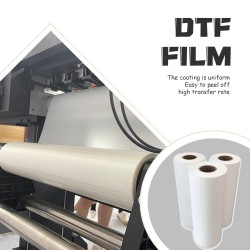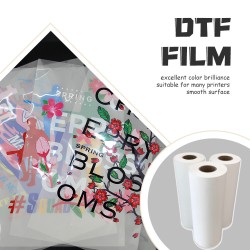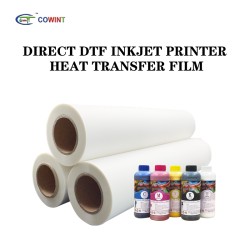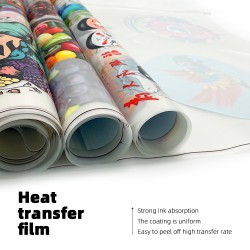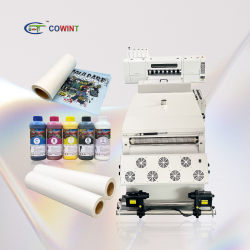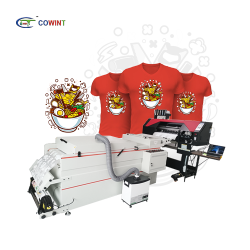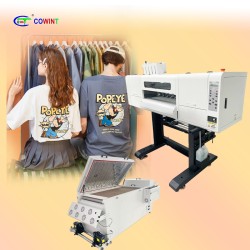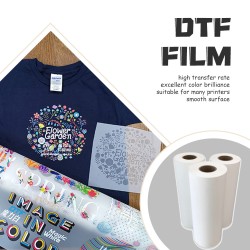There are many classifications of printing and dyeing auxiliaries, dyeing agents include dyeing agent, dispersing agent, scouring agent, softener, wool effect enhancer, polyester low temperature dyeing carrier, substitute alkali, CT powder, integrated dispersant, phosphorus-free environmental protection integrated agent, acid Leveling agent, leveling agent for cotton, acrylic leveling agent, smoothing agent, mercerizing penetrating agent (mercerizing oil), chemical fiber oiling agent (polyester oiling agent, POY oiling agent), high-efficiency descaling powder, hydrogen peroxide stabilizer, silicon removal agent, foaming agent, soaping agent (low-foaming soaping agent, acid soaping agent, white ground anti-staining soaping agent), shrinking agent, liquid wax (yarn smoothing agent), finishing agent, antistatic agent, wool Mercerizing agent, fluffing agent, color fixing agent (formaldehyde-free color fixing agent, green color fixing agent, color changing color fixing agent, acid color fixing agent), stiffening agent, oxygen bleaching stabilizer, oil removing agent, printing auxiliaries.
This article mainly introduces the following three types:
scouring aid
Desizing, scouring, bleaching and mercerizing of fabrics are all important processes before fabric printing and dyeing, collectively referred to as scouring.
Scouring is to boil the desizing cotton fabric in a 10g/L dilute caustic soda solution for several hours to remove impurities such as cottonseed husks, waxes, pectin substances, nitrogen-containing substances and pigments on the cotton fibers, as well as residues in the cotton fiber. The slurry on the cloth can obtain a good appearance and its water absorption performance, and effectively improve the printing, dyeing and finishing effect.
Synthetic fibers do not need scouring, but blended fabrics with cotton fibers still need scouring, but soda ash should be used instead of caustic soda, or a caustic soda solution with a lower concentration should be used.
Some surfactants need to be added to the scouring liquid to improve the permeability of the lye, promote the emulsification of the wax, and further emulsify and disperse the impurities from the fibers in the scouring liquid.
Printing auxiliaries
The binder is the main component of the paint printing paste, and it is a polymer film-forming substance. The paint is adhered to the fabric through film formation. Therefore, the binder is required to have strong adhesion and reproducibility to the fabric, aging resistance, Solvent resistance, acid and alkali resistance, chemical resistance, clear and transparent film formation, no discoloration after printing, no fiber damage, certain elasticity, good hand feeling, and easy to remove from the printing machine.
Thickener is another important component of pigment printing paste. It has the functions of thickening dyeing, promoting adhesion and emulsification, etc., so that the printed fabric can obtain a uniform and clear pattern. Not only can it improve the color yield and vividness, but also use no or less kerosene in the printing paste to reduce air pollution.
There are two types of synthetic thickeners: anionic and non-ionic. The former has strong adaptability and can be used for anti-dyeing and dyeing printing, but the thickening effect is poor; the latter has a high viscosity and thickening effect, which is suitable for printing fabrics. The color brightness, scrub fastness and softness of the hand are not adversely affected.
The main function of the cross-linking agent is to improve the fixing ability of the adhesive. The printing has better firm performance, and it can also reduce the curing temperature, combined with the actual short curing time, but the amount should be appropriate, otherwise it will cause the fabric to feel uncomfortable. not good.
The emulsifier is added in order to obtain a good emulsification and thickening agent, generally using end-blocked alkylphenol polyoxyethylene ether, and then blocking the end-group with isocyanate.
Pigment printing auxiliaries also include softeners, diffusing agents and defoaming agents.
Dyeing Auxiliary
The dyeing agent is the main body of the dyeing process. Different fiber fabrics use different dyeing agents and are carried out according to different processes. The dye processing auxiliaries include cosolvents, dispersants, color developing agents and phthalocyanine auxiliaries. <p />
The dyes used in dyeing are direct dyes, vat dyes, reactive dyes, phthalocyanine dyes and insoluble azo dyes.
Leveling agents include natural fiber leveling agents, synthetic fiber leveling agents and blended fabric leveling agents, etc. The conditions for leveling agents are that the dyes can be slowly absorbed by the fibers or the dark part of the dye can be diffused to the light part. Does not reduce dye fastness. All auxiliaries with retarding and migration effects are called leveling agents.
There are three types of color-fixing agents, cationic surfactants, non-surface-active quaternary ammonium salts and resin-based color-fixing agents. The color-fixing agent will make the dyes form insoluble dye salts, or make the dye molecules increase and make it difficult to Soluble in water to improve the firmness of dyeing.
Dispersant is an indispensable auxiliary agent in dye processing and dye application. It can disperse dye particles to about 1 μm, which is helpful for particle crushing and maintaining dye dispersion stability. Dispersants are mostly various types of surface agents. Including anionic, cationic, non-ionic, amphoteric and polymer type.
Fluorescent whitening agent is abbreviated as FWA. With the help of optical complementary color, the yellow-brown pigment on the fabric that cannot be removed by chemical bleaching becomes white. Due to the enhancement of luminosity, the whiteness is more beautiful.
Most of the softeners have fragrance, and most of the fragrances and dyes are petroleum derivatives and contain benzene. If the manufacturers of printing and dyeing auxiliaries use raw materials with poor grades, they will also cause irritation to the skin. During the washing process of clothes, fine fibers are often entangled, tangled together, or even broken. After the clothes are washed many times, the alkaline effect of the detergent affects the inherent smoothness, extensibility and elasticity of the fibers, showing The only thing is that the whole clothes look old and shapeless, and feel more blunt to the touch. The more the clothes are washed, the more obvious this feeling is.
The function of the fabric softener is to evenly apply a protective film to the surface of the fabric fibers, and the friction coefficient between the fibers is reduced due to the adsorption of the softener on the surface of the fibers.
 +8615820889696
+8615820889696 Info@cowint.com
Info@cowint.com



